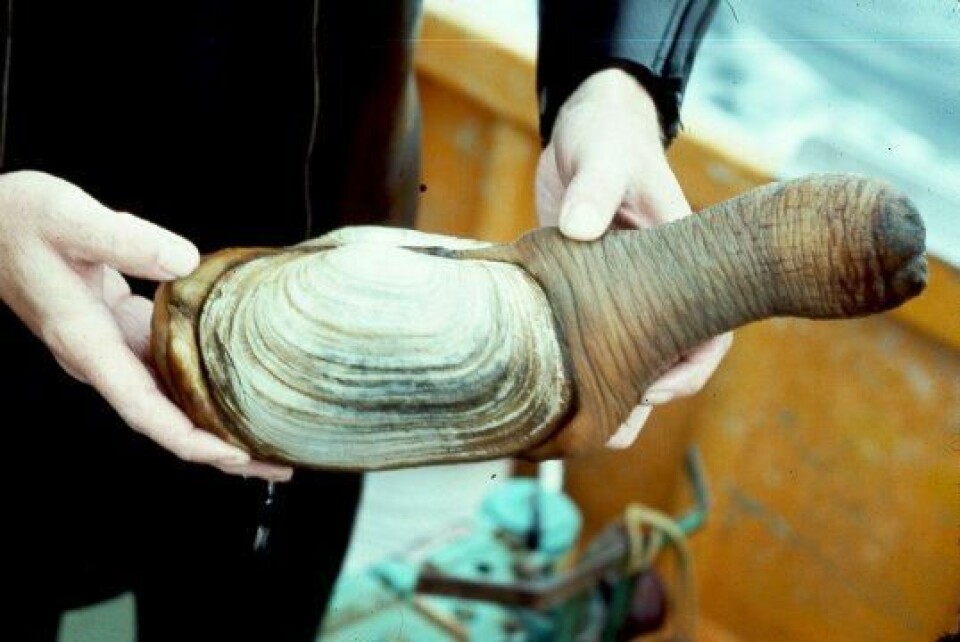
New species contemplated in British Columbia
When China comes knocking on the door, looking for food for its citizens, there is usually big numbers at stake. And British Columbia as well as the rest of Canada is seen as a good place to source seafood due to the natural conditions and clean environment found here. And the Chinese market has already been enjoying products coming from B.C., where natural production of certain species is now being suggested to be augmented for the increased production through aquaculture.
Investors from China have already built two hatcheries in B.C.- one for shellfish like scallops and a second that has produced both juvenile clams, scallop and sea cucumber. In addition to these foreign investments, Canadian entrepreneurs are making significant investments in the aquaculture industry. The family that owns the Vancouver Canucks ice hockey team has purchased a small, Integrated, Multi-Thropic Aquaculture (IMTA) facility for the apparent purpose of producing juvenile Coho salmon for a large, land-based farm near Vancouver.
Another group of Canadian investors are building a facility for the production of juvenile geoduck clam- one of the largest shellfish species found anywhere, and a clam that is in high demand in China as well as Japan. But while the technology for producing juveniles as well as for culturing valuable species like sea cucumber and geoduck clam is now well documented, there are still major hurdles to overcome for those that want to get into the growing business.
The first is government policy, where concerns about genetic interaction with naturally occurring individuals of the species being contemplated for culture are hindering the approval process for new aquaculture sites. The second issue is the fact that there is a commercial fishery for these species, and the license holders that are entitled to harvest the annual quota are concerned that additional product from aquaculture might force prices to drop. They are also concerned that valuable harvesting areas might be allocated to aquaculture producers, thus reducing their annual take.
But some of these problems may be overcome by the fact that many of the proposed projects for the culturing of these species have strong interest from a number of coastal First Nations, whose traditional access to marine resources is increasingly supported by Canada’s courts and emerging policies from some government agencies.






















































